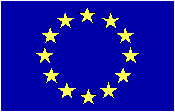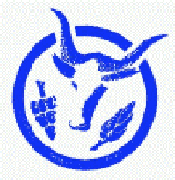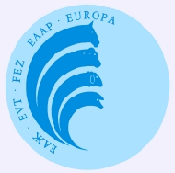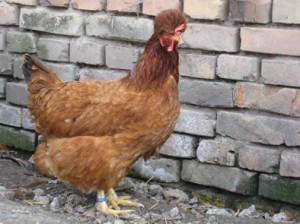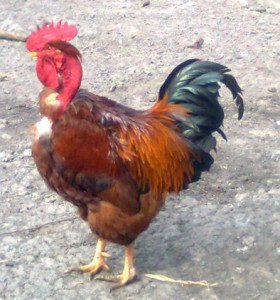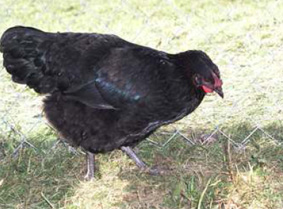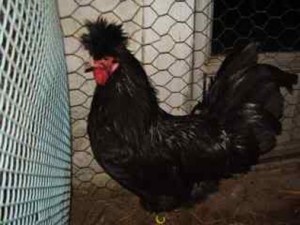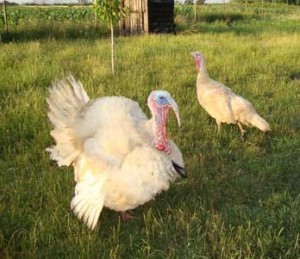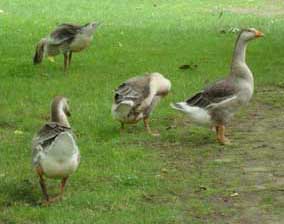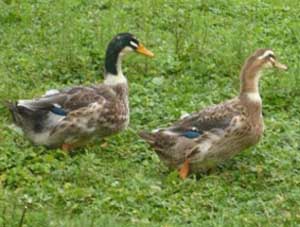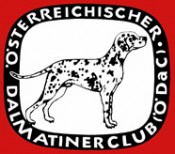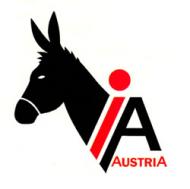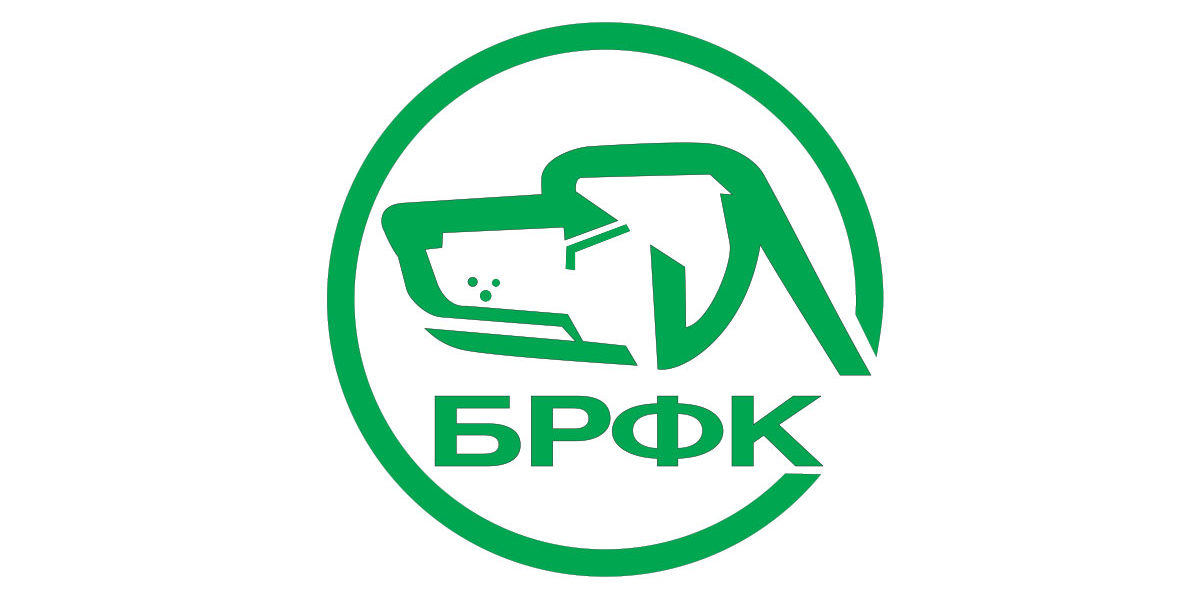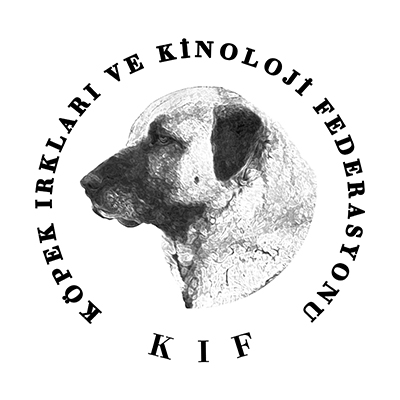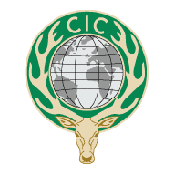Sombor Kaporka
Somborska kaporka is a chicken breed developed at the beginning of the 20th century in Vojvodina by interbreeding domestic chicken with French Houdan and Sulmtaler chicken. After the World War I, it was agreed upon the standard of this chicken breed, but all the data were lost after the World War II. In the 1960 a group of enthusiasts revitalised this breed.
Appearance and characteristics
Somborska kaporka is a crested chicken with a well proportioned body. It is very lively and temperamental. As a breed of medium weight, it is remarkable for its egg-laying ability. It easily becomes broody and chicks hatch easily. The first day after hatching, chicks get a small crest on their heads. The breed got its name after this characteristic. This chicken can lay up to 200 or 220 eggs per year, while better hens can lay up to 260 eggs. A six-month old hen may weigh 2.5 or 3kg, while cocks may weigh 3.5 or 4kg. This chicken likes free range; it is not a chooser when it comes to food and it is immune to diseases and climate change. Several hues of Somborska kaporka are known: white, yellow, brownish and blue.
Status: endangered
Population in Serbia: 500-1000 in 2008 (data source: DAD-IS FAO)
_______________________________________________________________________________________
Banat Naked-neck
Banatski golosijan has descended from Erdeljski golosijan (Erdelj Naked-neck). This breed was common especially in Banat, which is how it got its name. This chicken breed was primarily brought from Erdelj to the neighbourhood of Kikinda, from where it was spread all over the country. Banatski golosijan was developed by specific gene mutation. Unlike Erdeljski golosijan, Banatski golosijan has a little bunch of feathers in the middle of its neck, which is an embellishment that significantly differentiates it from the breed it originated from. Besides the little bunch of feathers on its neck, this chicken often has a small crest on the head. In the last few years experts have been working on producing the pygmy variant of this breed. Until this variant is finally acknowledged, this chicken will appear at the exhibitions as a working standard.
Appearance and characteristics
This chicken looks strong; it has a middle-high body position and a naked neck with a small bunch of feathers in the middle. Its body is cylindrical, slightly narrowed near the neck and the tail. The head is middle-sized often with a nicely serrated leafy crest. Some variants of this chicken have pink crest. Its neck is S-shaped and its face is red. Its back is middle-long, slightly leaned backwards. Banatski golosijan has lively temperament; it is immune to diseases and climate change and it constantly moves in search of food. This chicken has strong instinct for incubation and hens make great mothers. The hen of the most numerous variant lays 120-160 eggs weighing 55g on the average. Some hens may have a significantly higher egg-laying ability. The cock of the most numerous variant weighs up to 2.5 or 3kg while the hen weighs up to 2 or 2.5kg. The pygmy cock weighs 800g while the pygmy hen weighs 700g.
Status: endangered
Population in Serbia: 1000-2000 in 2008 (data source: DAD-IS FAO)
_______________________________________________________________________________________
Svrljig Chicken
This breed was developed near Svrljig, in the east of Serbia, where it is mostly bred. That’s how the breed got its name.
Appearance and characteristics
This chicken has a middle-sized head overgrown with feathers under the eyes. Its beak is black and it has a small leafy serrated crest which is red like the wattles and the ear-lobe. Its neck is thin and long, its chest is narrow. The back is middle long and sagged. Its tale is big and upright. The wings are big and well developed which enables this chicken to fly. The drumsticks are well formed and covered with feathers. This chicken’s skin is white and pink in colour. The feathers are black and have a green glint. A hen may lay up to 100 or 120 eggs per year. It is an easy brooder and its maternal instinct is well developed. On average, a cock weighs 2kg, while a hen weights 1.5kg. This chicken likes free range, it is not a chooser when it comes to food and it is immune to diseases and climate change.
Status: endangered
Population in Serbia: 500-1000 in 2008 (data source: DAD-IS FAO)
_______________________________________________________________________________________
Kosovo Singer
This breed, which is not very well known, is common in Kosovo and Metohija and in some places in Sandzak. Primarily it is thought to be indigenous, having been brought from Turkey during the Turkish penetrations into the Balkans. But research by German scientists and comparing the genetic structure between rosters of Denizli singers and singer Kosovo singer was established that it is two different breeds. In 1936 some travel writers called this breed “Gnjilanski muzikale” in foreign gazettes.
Appearance and characteristics
This chicken has a big head and strong beak. Its eyes are black or have slightly brighter pigment depending on the colour of the feathers. Its legs are long, strong and bare, coloured in shades from brown to black. Its posture is upright and it holds its head high. The feathers are well attached to the body and the upright tail has a few saber-shaped feathers. The crest consists of a grainy outgrowth above the nostrils from which two red outgrowths looking like caprine horns are formed. From such a crest on the head and the nape a big crest down the neck is formed. The wattles are big and bright red in colour. The ear-lobes are big, naked and red, often spattered with white. The other variant of the crest of feathers, unlike the previous hanging one, is completely upright and looks like an unfolded fan up to 8cm tall. The tops of its feathers are bent down to the one or the other side. Its colour is the same as the dominant colour of the feathers on the body. The cocks of this breed sing melodiously and long. One singing lasts around ten seconds, while some cocks can sing for up to 15 seconds.
The hens are poor layers. The average egg-laying ability in a year isn’t higher than 160 eggs. The eggs are white and weigh 55-60g. Hens are often broody, they incubate the eggs well and chicks hatch well. A cock starts singing at 6th or 7th month and a hen starts laying eggs at 8th month. This chicken uses the food well. A cock may weigh up to 4kg and a hen up to 3kg.
Status: highly endangered
Population in Serbia: 10-100 in 2004 (data source: DAD-IS FAO)
_______________________________________________________________________________________
Serbian Domestic Turkey
The Serbian Domestic Turkey is very similar in its appearance to the wild turkey. A fairly small number of these turkeys are bred at the country households in almost all parts of Serbia. The strains Jagodinska, Palanacka and Dobricka are formed depending on the region where they are bred, the conditions in which they are kept and the type of food.
Appearance and characteristics
The colour of the domestic turkey varies. It is most often bronze and white, and less frequently black, yellow, grey or multicoloured. Female turkey incubates the eggs for 28 days. If it is well taken care of and fed, it can produce more clutches during a year. Its eggs hatch well and it takes good care of the young. The Serbian Domestic Turkey is very sensitive for the first few weeks of life (for about two months), until a berry-like outgrowth appears on its head and neck, that is until it grow up. When it comes to the number of eggs it lays, the Serbian Domestic Turkey is modest. In a year it lays 30-50 eggs, which approximately weigh 85g. The eggs have specks. A grown up female turkey weighs 3-5kg, while a male turkey weights between 5 and 8kg. It is fattened relatively easily, and its meat is of good quality. There were attempts at the improvement of the Serbian Domestic Turkey, but they were unsuccessful. (Photo: Darko Drobnjak)
Status: endangered
Population in Serbia: 100-1000 in 2005 (data source: DAD-IS FAO)
_______________________________________________________________________________________
Serbian Domestic Goose
The Serbian Domestic Goose is an indigenous breed with modest production possibilities. It is predominantly bred in the lowlands and in the basins of large rivers. It is bred for its meat, eggs and feathers. In its appearance and characteristics the Serbian Domestic Goose is very similar to the wild goose. There are a few known strains of domestic goose such as Somborska, Podunavska, Novopazarska. However, according to some authors these strains are considered as specific breeds.
Appearance and characteristics
The Serbian Domestic Goose has a short and stocky body, little head, fairly wide neck and short legs. The head is rather small comparing to the body. The beak is triangular and red and orange in colour. The face is overgrown with feathers and slightly protruding. The colour of its eyes varies from light to dark blue. The neck is very strong and protruding. Its body is short, stocky and strong. It is white, grey and blue, white and grey, and grey in colour. The Serbian Domestic Goose mates in January or February and a female goose usually lays 10-15 eggs. It has strong instinct for incubation. It weighs between 4 and 6kg, while a fattened goose may weigh over 8kg. (Photo: Darko Drobnjak)
Status: highly endangered
Population in Serbia: Somborska – no data available; Novopazarska – 10-100 in 2004; Podunavska – 10-100 in 2004 (data source: DAD-IS FAO)
_______________________________________________________________________________________
Domestic Duck
The Serbian Domestic Duck has directly descended from the wild duck – it was developed by the domestication of the wild duck. It is mostly bred in the lowlands and the basins of large rivers in Serbia. It is used for the production of meat and eggs.
Appearance and characteristics
The Serbian Domestic Duck is very similar in its appearance to the wild duck. It is only slightly bigger than the wild variant, its body is longer and more fleshy and its neck is shorter. It lost the ability to fly. The colour of its feathers is similar to the colour of the wild duck, but it can also be white or multicoloured. A female duck usually starts laying eggs in March and it lays eggs for 2 or 3 months with some short breaks. During that period it lays around 60 eggs with light green shell. It doesn’t have very strong instinct for incubation. A male duck approximately weighs 2.5kg while a female weighs 2kg. (Photo: Darko Drobnjak)
Status: endangered
Population in Serbia: no data available
_______________________________________________________________________________________


